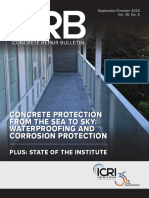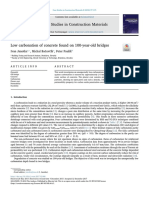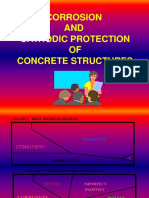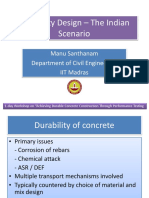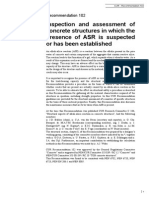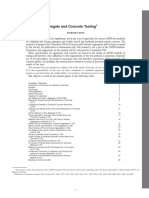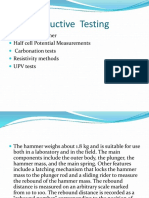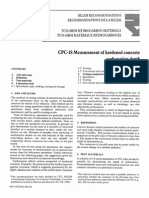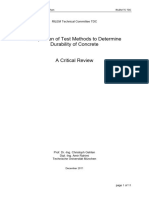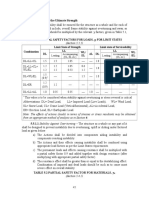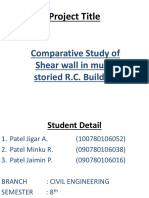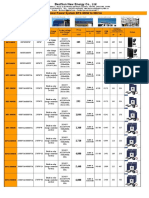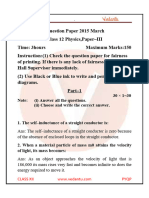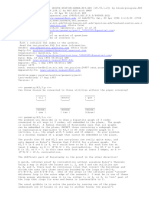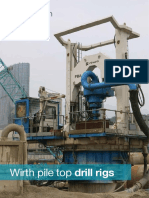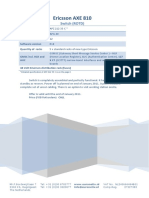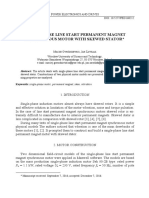0% found this document useful (0 votes)
158 views9 pagesCarbonation and Chloride Penetration
This document summarizes three concrete testing methods:
1. The chloride ion penetration test measures how well concrete resists chloride ion penetration using electrical conductance. Test results correlate with long-term chloride exposure tests.
2. The carbonation depth test determines how deep carbonation has penetrated hardened concrete surfaces using a pH indicator. It is used to evaluate factors that affect corrosion protection of reinforcing steel.
3. The salt-scaling test evaluates resistance to surface scaling when exposed to freezing and thawing in the presence of deicing salts. It is used to evaluate mixture designs and surface treatments.
Uploaded by
Espn SachinCopyright
© © All Rights Reserved
We take content rights seriously. If you suspect this is your content, claim it here.
Available Formats
Download as PDF, TXT or read online on Scribd
0% found this document useful (0 votes)
158 views9 pagesCarbonation and Chloride Penetration
This document summarizes three concrete testing methods:
1. The chloride ion penetration test measures how well concrete resists chloride ion penetration using electrical conductance. Test results correlate with long-term chloride exposure tests.
2. The carbonation depth test determines how deep carbonation has penetrated hardened concrete surfaces using a pH indicator. It is used to evaluate factors that affect corrosion protection of reinforcing steel.
3. The salt-scaling test evaluates resistance to surface scaling when exposed to freezing and thawing in the presence of deicing salts. It is used to evaluate mixture designs and surface treatments.
Uploaded by
Espn SachinCopyright
© © All Rights Reserved
We take content rights seriously. If you suspect this is your content, claim it here.
Available Formats
Download as PDF, TXT or read online on Scribd
/ 9







